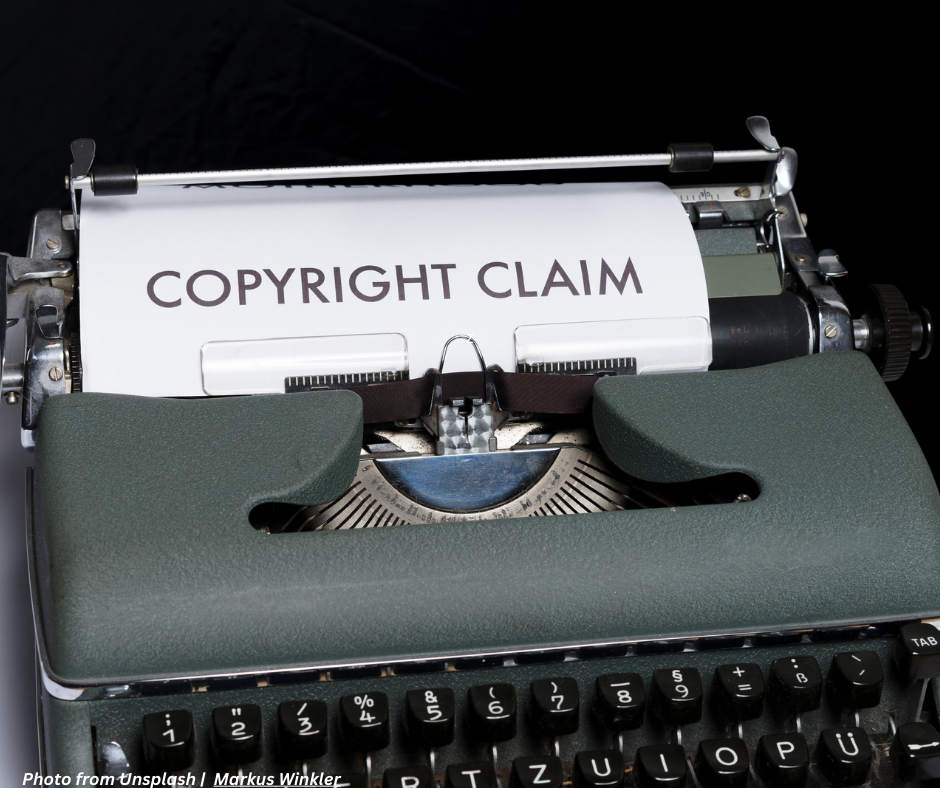
Photo from Unsplash | Markus Winkler
The following post does not create a lawyer-client relationship between Alburo Alburo and Associates Law Offices (or any of its lawyers) and the reader. It is still best for you to engage the services of a lawyer or you may directly contact and consult Alburo Alburo and Associates Law Offices to address your specific legal concerns, if there is any.
Also, the matters contained in the following were written in accordance with the law, rules, and jurisprudence prevailing at the time of writing and posting, and do not include any future developments on the subject matter under discussion.
AT A GLANCE:
The Doctrine of Fair Use dictates that the fair use of a copyrighted work for criticism, comment, news reporting, teaching including limited number of copies for classroom use, scholarship, research, and similar purposes is not an infringement of copyright. (Section 185.1, Intellectual Property Code)
Republic Act No. 8293 or the Intellectual Property Code of the Philippines states that:
SECTION 185. Fair Use of a Copyrighted Work. –
185.1. The fair use of a copyrighted work for criticism, comment, news reporting, teaching including limited number of copies for classroom use, scholarship, research, and similar purposes is not an infringement of copyright. (Section 185.1, Intellectual Property Code)
The Intellectual Property Code further provides that in determining whether the use made of a work in any particular case is fair use, the factors to be considered shall include:
(a) The purpose and character of the use, including whether such use is of a commercial nature or is for non-profit educational purposes;
(b) The nature of the copyrighted work;
(c) The amount and substantiality of the portion used in relation to the copyrighted work as a whole; and
(d) The effect of the use upon the potential market for or value of the copyrighted work. (Section 185.1, Intellectual Property Code)
In the case of ABS-CBN Corporation v. Felipe Gozon, et al. (G.R. No. 195956, March 11, 2015), the Supreme Court explained the four-factor test in determining fair use of a copyrighted work.
This court defined fair use as a privilege to use the copyrighted material in a reasonable manner without the consent of the copyright owner or as copying the theme or ideas rather than their expression. Fair use is an exception to the copyright owner’s monopoly of the use of the work to avoid stifling “the very creativity which that law is designed to foster.”
Determining fair use requires application of the four-factor test. Section 185 of the Intellectual Property Code lists four (4) factors to determine if there was fair use of a copyrighted work:
- The purpose and character of the use, including whether such use is of a commercial nature or is for non-profit educational purposes;
- The nature of the copyrighted work;
- The amount and substantiality of the portion used in relation to the copyrighted work as a whole; and
- The effect of the use upon the potential market for or value of the copyrighted work.
First, the purpose and character of the use of the copyrighted material must fall under those listed in Section 185, thus: “criticism, comment, news reporting, teaching including multiple copies for classroom use, scholarship, research, and similar purposes.” The purpose and character requirement is important in view of copyright’s goal to promote creativity and encourage creation of works. Hence, commercial use of the copyrighted work can be weighed against fair use.
The “transformative test” is generally used in reviewing the purpose and character of the usage of the copyrighted work. This court must look into whether the copy of the work adds “new expression, meaning or message” to transform it into something else. “Meta-use” can also occur without necessarily transforming the copyrighted work used.
Second, the nature of the copyrighted work is significant in deciding whether its use was fair. If the nature of the work is more factual than creative, then fair use will be weighed in favor of the user.
Third, the amount and substantiality of the portion used is important to determine whether usage falls under fair use. An exact reproduction of a copyrighted work, compared to a small portion of it, can result in the conclusion that its use is not fair. There may also be cases where, though the entirety of the copyrighted work is used without consent, its purpose determines that the usage is still fair.121 For example, a parody using a substantial amount of copyrighted work may be permissible as fair use as opposed to a copy of a work produced purely for economic gain.
Lastly, the effect of the use on the copyrighted work’s market is also weighed for or against the user. If this court finds that the use had or will have a negative impact on the copyrighted work’s market, then the use is deemed unfair.” (Emphasis supplied.)
Read also: How to Spot Copyright Infringement
Alburo Alburo and Associates Law Offices specializes in business law and labor law consulting. For inquiries regarding taxation and taxpayer’s remedies, you may reach us at info@alburolaw.com, or dial us at (02)7745-4391/0917-5772207.
All rights reserved.


